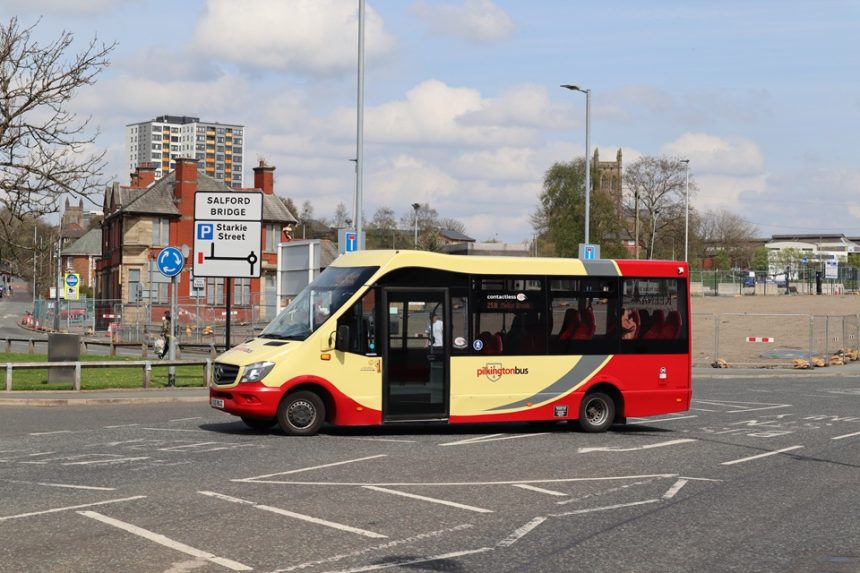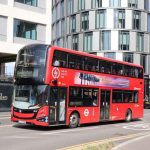Ticketer has completed a project in partnership with Lancashire County Council and several bus operators to roll out tap-off readers for contactless fare payments.
The local authority has worked with Ticketer since 2018, and the tap-off readers work was funded through its Bus Service Improvement Plan (BSIP).
That has seen the units fitted to buses in the fleets of Archway Travel, Charlton Minicoaches, Holmeswood Coaches, Pilkingtonbus, Tyrers Coaches, Transpora Blackpool, and Vision Bus.
Ticketer notes that the deployment supports Lancashire County Council’s renewed commitment to building bus services via the Enhanced Partnership approach and use of BSIP funds with a focus on increasing usage and improving the passenger experience.
Tap-off readers simplify the passenger journey by allowing users to tap their card or device as they exit the bus and be charged the correct amount having tapped on separately when boarding. Capped contactless fares are supported and Ticketer says that the approach can deliver boarding times of up to 70% faster than for other fare collection methods.
Speaking about the work, Lancashire County Council Principal Transport Officer Ian Barratt says: “This rollout is a significant step forward in enhancing the passenger experience and getting more people to use bus travel in the region.

“Ticketer tap-off readers play a key role in simplifying the ticketing experience while removing barriers to travel. We look forward to seeing the positive impact the technology has across our services.”
Adds Ticketer Chief Commercial and Operations Officer Adam Toone: “We are delighted to have partnered with Lancashire County Council on tap-off reader delivery for the region.
“This multi-layered partnership across Ticketer, Lancashire County Council and the participating operators highlights how close collaboration, technology, and local investment can come together to deliver real benefits for passengers.
“By speeding up boarding and simplifying contactless payments, the Ticketer tap-off readers will help to make travel more accessible, reduce dwell times, and support the overall attractiveness of bus services in the region.”


























